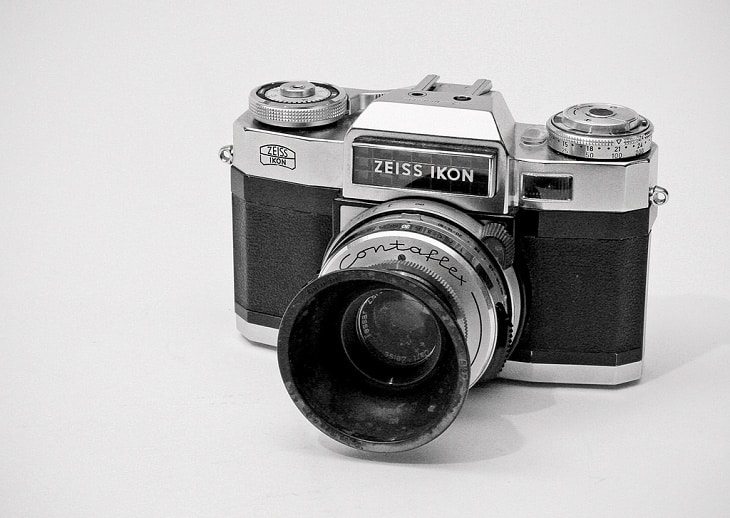Everyone has their own photography style, whether it’s bright, light and airy or a little darker and focuses more on shadows. But one technique that people have been using since the invention of the camera is black and white photos. They look timeless and can turn any photo into something that feels old timey or more dramatic. They don’t work for everything, so it can be hard to decide when and how you should use black and white instead of color, so the following are four tips to improve your black and white photography.
Be wary of turning to black and white in postproduction.
Sometimes photos that were in color turned into black and white in Photoshop or whatever editing program you use can make it less than optimal. It’s usually better to get the image you want in camera, because that way it may catch certain lighting that you wouldn’t get by simply turning a color photo into it.
With that being said…
Black and white can save a bad photo.
You’ve probably heard this before, but in fact, black and white can make a bad photo look significantly better. The science of this is debatable, but the black and white gives you a feeling of elegance and timelessness, regardless of what you’re looking at. It makes the photo feel more thought provoking rather than just looking at it and thinking that’s no good.
So changing to black and white during postproduction does have it’s time and place, if used correctly.
Contrast
This is probably the most important aspect to black and white photography, because since there are no colors, contrast is really your biggest asset and the one thing you can truly work with. A lighter contrast will make the photo seem more bright and airy and a darker contrast will have a much more melancholy feel.
Contrast can also give you a wonderful silhouette photo. For example, a skyline in black and white with the contrast very high will just be a silhouette, and that can be truly striking.
But it’s important to make sure your photo has tones, just as it would in a regular colored image, because that is what makes the photo interesting. So in black and white that means having multiple shades between the black and grey. As mentioned earlier, this is much easier to do in camera and fixing during postproduction rather than just in editing.
Shapes and Lines
Black and white photos are great at turning bad photos better because of their ability to diminish noise, but that doesn’t mean all black and white photos were remedies of a messed up image. Because of the cancelation of noise and general stuff, photos with clearly defined lines and shapes will look awesome in black and white because it naturally draws your eye to the subject, without getting distracted by all the extra stuff.
Black and white photography is an art, and it’s one that takes practice, but with these few tips you’ll be on your way to creating stunning black and white images and perhaps even regain a few mistake ones as well.

